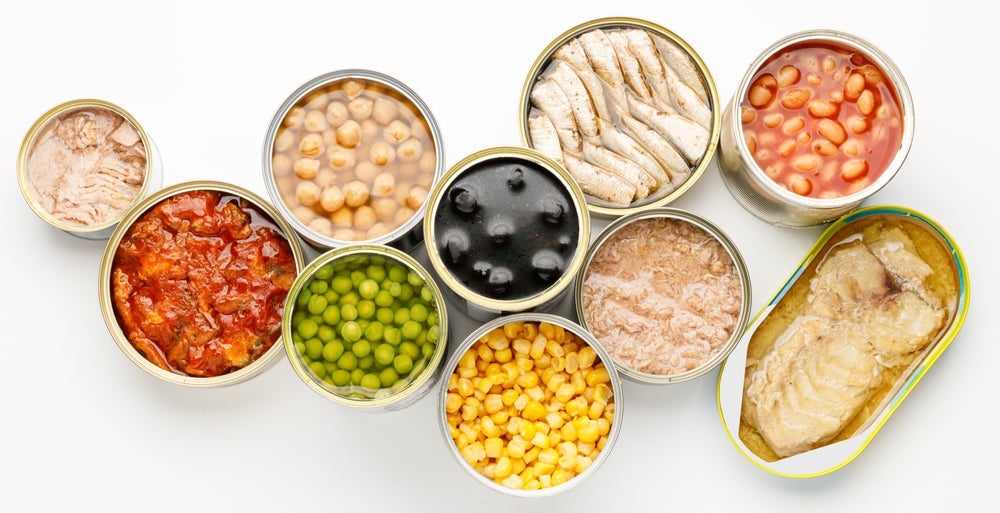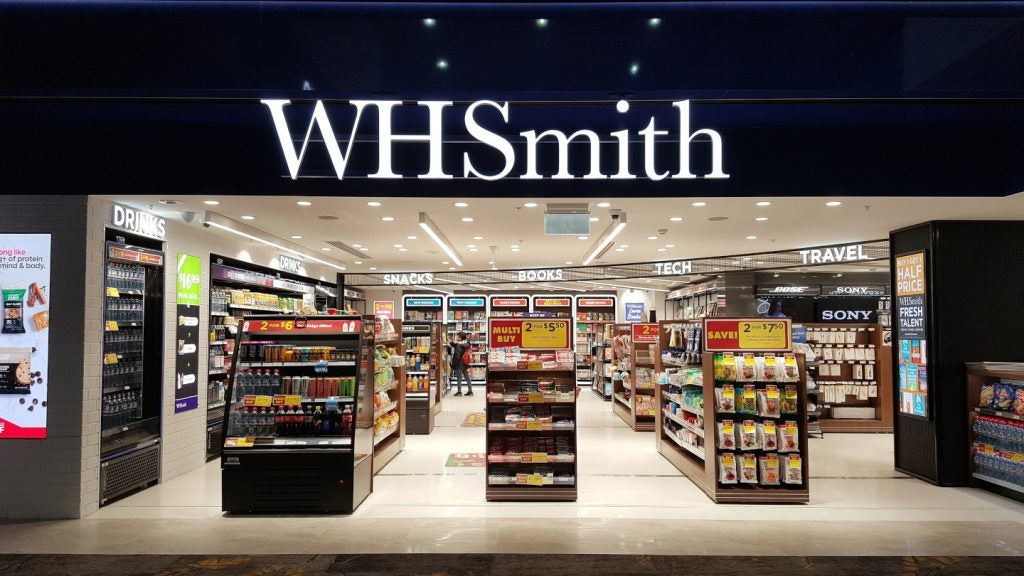President Donald Trump's decision to double tariffs on imported steel and aluminium to 50% has raised concerns about potential increases in grocery prices across the United States.
The tariffs, effective from June 4, 2025, are intended to bolster domestic metal industries but may have unintended consequences for consumers.
Impact on food packaging and canned goods
Steel and aluminium are integral to food packaging, particularly for canned goods. The Can Manufacturers Institute warns that the increased tariffs could lead to higher production costs for items like canned vegetables, soups, and beverages.
These costs are likely to be passed on to consumers, potentially raising the price of everyday grocery items.
For instance, a can of sweet corn priced at 45 cents could see an increase of up to 5 cents, representing an 11% hike.
While this may seem minimal, for households relying on budget-friendly canned goods, especially those using SNAP benefits, the cumulative effect could be significant.
Shift to alternative packaging materials
In response to rising metal costs, some manufacturers might consider switching to alternative packaging materials like plastic.
However, this shift could lead to increased demand and prices for plastics, further impacting the cost of packaged foods and beverages.
Companies such as Coca-Cola have previously indicated a potential move towards plastic bottles if aluminium prices continue to rise.
This potential shift not only affects pricing but also raises environmental concerns, as increased plastic use could contribute to higher plastic waste.
Broader economic implications
Beyond packaging, the tariffs are expected to influence various sectors of the economy. Industries reliant on steel and aluminium, including automotive and construction, may experience increased production costs.
These costs could trickle down to consumers in the form of higher prices for goods and services.
Economists caution that while the tariffs aim to protect domestic industries, they may also contribute to inflationary pressures, affecting the overall cost of living.
The Congressional Budget Office projects that these tariffs could raise the average annual inflation rate by 0.4 percentage points in 2025 and 2026.
As the effects of the tariffs unfold, consumers may need to prepare for potential increases in everyday expenses, particularly at the grocery store.
Navigate the shifting tariff landscape with real-time data and market-leading analysis. Request a free demo for GlobalData’s Strategic Intelligence here.














